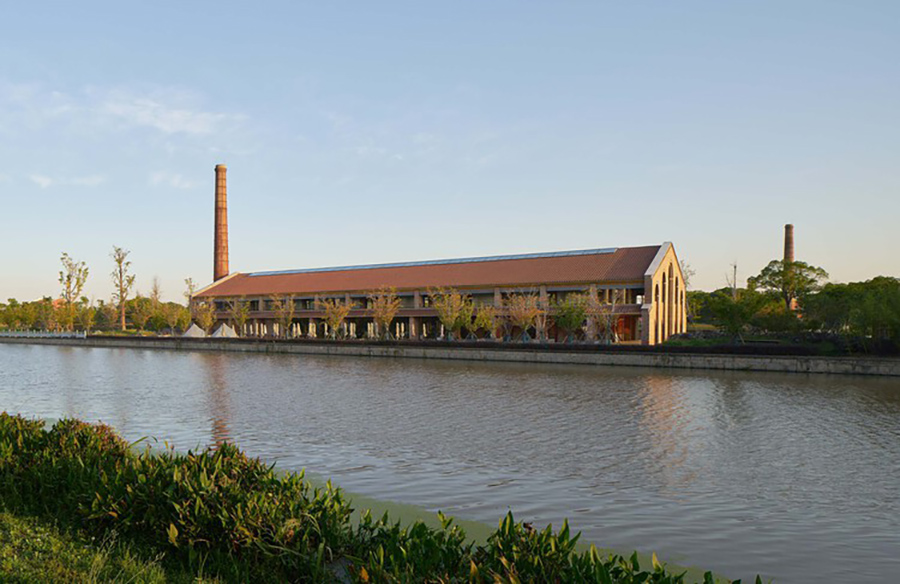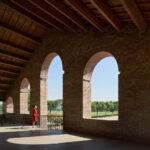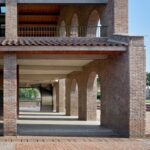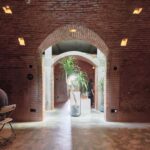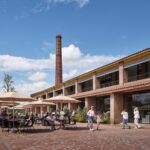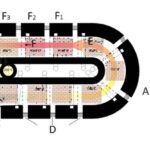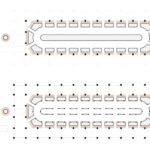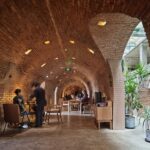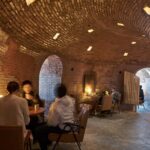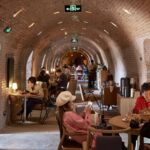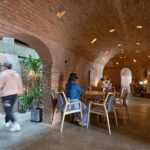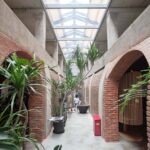Introduction
The renovation of the Pudong Hoffman Brick Kiln, undertaken by HCCH Studio, marks a transformative journey from industrial ruins to a vibrant public space. Situated in Laogang Town, Nanhui, Pudong, this iconic structure embodies the legacy of 19th-century brick-making technology, representing both historical significance and architectural potential.
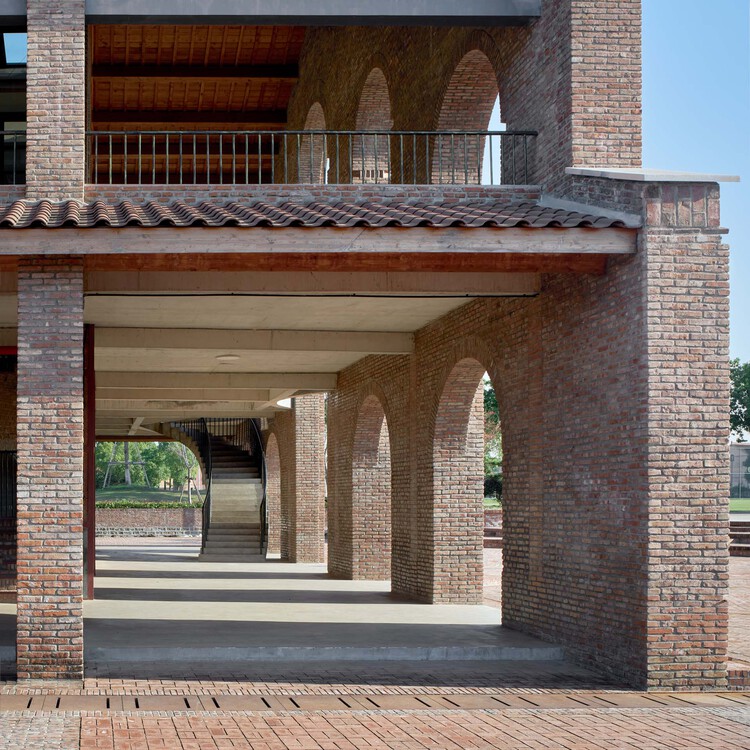
Restoration of Heritage
Originally patented by German Friedrich Hoffmann in 1858, the Hoffman Kiln revolutionized brick production with its efficient heat utilization. Despite widespread use in the past, few Hoffmann kilns remain intact today. The restoration of the Pudong Red Kiln aims not only to preserve its classic layout, materials, and scale but also to enhance its usability and spatial allure.
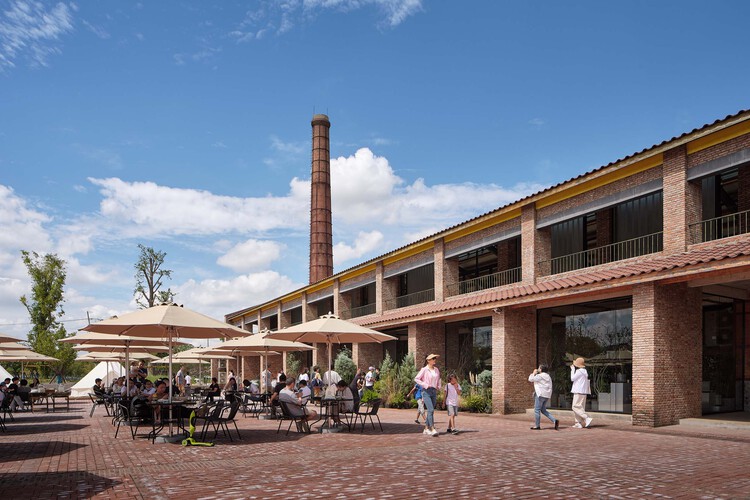
Spatial Design
The circular tunnel, passages, and openings within the kiln evoke the industrial ambiance of the 19th century. The renovation honors this heritage while introducing modern interventions to improve functionality and aesthetics. By transforming closed flues into door openings and integrating glass floors and skylights, the design infuses natural light into the space, creating a captivating play of light and shadow.
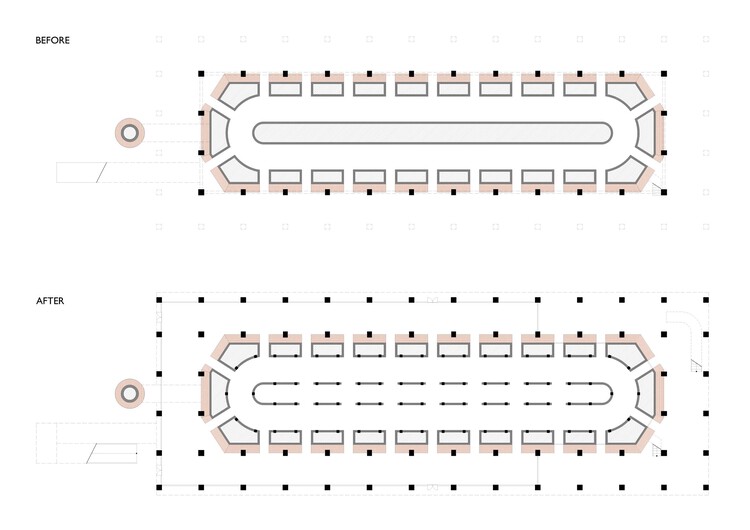
Integration of Modern Elements
The kiln’s cavity now accommodates mechanical, electrical, and plumbing (MEP) systems, seamlessly blending historical context with contemporary functionality. Original vent holes serve as sources of natural light and ventilation, while the second floor houses a multi-purpose hall with transparent façades and verandas, offering panoramic views of the surrounding landscape.
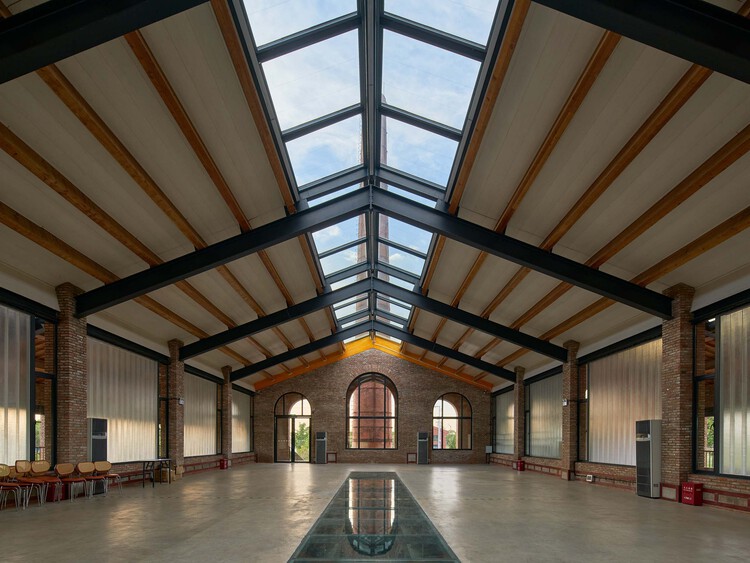
Preservation of Spatial Relationship
Efforts were made to preserve the original spatial relationship of the kiln, ensuring a seamless transition between historical authenticity and modern adaptation. The renovation maintains the integrity of the brick stairway and evacuation passages, reinforcing the kiln’s identity as a symbol of industrial heritage.
Cultural Significance
As one of the earliest industrial structures in Shanghai, the Hoffmann Kiln reflects the city’s rich history of industrialization. By repurposing the kiln as a framework for contemporary lifestyle experiences, the renovation transcends its industrial past to become a hub of social and cultural activity, enriching the community fabric and preserving heritage for future generations.
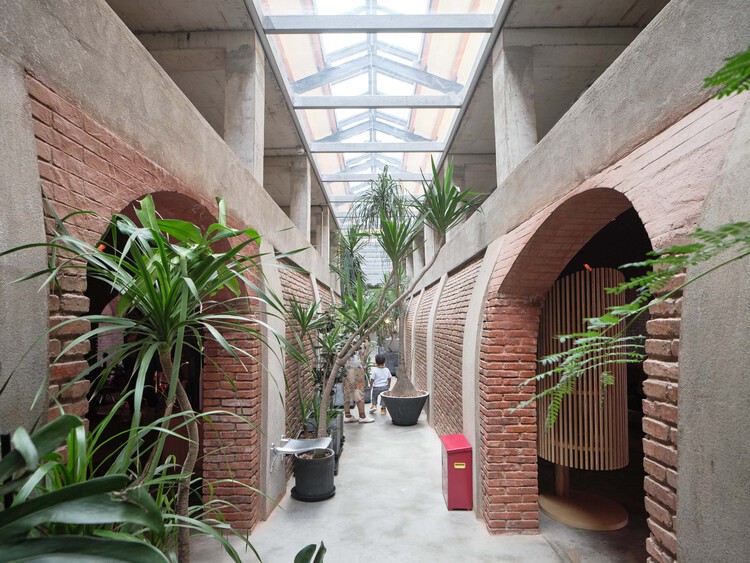
Conclusion
The renovation of the Pudong Hoffman Brick Kiln symbolizes a harmonious blend of past and present, tradition and innovation. Through meticulous restoration and thoughtful design interventions, HCCH Studio has revitalized an industrial relic into a vibrant public asset, ensuring its continued relevance in the ever-evolving urban landscape of Shanghai.


